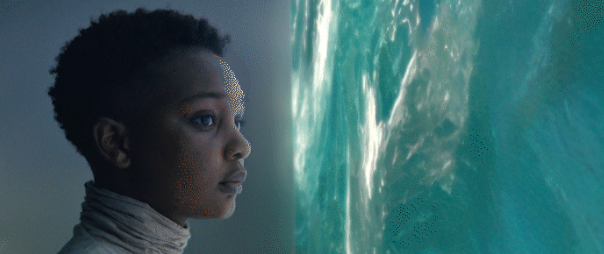John Cooper & Best Practices for AI in Docs
I recently wrote about an AI discussion moderated by former Sundance Director John Cooper that you can read here: Will Documentaries (And Their Makers) Survive AI
During the dynamic Q&A, Jean McGlothlin, former co-director of the prestigious Sebastopol Documentary Film Festival, spoke on the importance of “preserving what is real”. Specifically referring to documentary films, she continued, “I’m all for using new tools, but my overriding concern is that there is a huge societal loss if things are not real.”
I followed up with a similar question that has been on the mind of several of my story consulting clients. For example, in the rough cut of Rhona Classified, an historical war documentary by director Jack Ballo, an animated shot portrayed what appears to be genuine archival footage of the ship “Rhona” being torpedoed by a German missile. The black and white footage looked very dramatic! Should he let it stand, and likely mislead many viewers, or flag it as animation?
At the Q&A, I asked Cooper, “Given that we can now use AI to generate “archival” images even more realistically, how will documentaries retain their authenticity?” In other words, will viewers’ trust in a genre that is defined by authenticity erode? When non-fiction is not “the genuine article” (a term coined by PBS producer Jon Else,) should we signal that it’s something else? If so, how?
Although neither Cooper or AI filmmaker Quinn Halleck had a lengthy answer, they acknowledged the epistemological issue.
There’s a short fix currently in vogue. Use text at the film’s start (or in the credits) to state that animated or AI-generated images were used in the making of this true story. Or, use lower-thirds to label such images as they appear on screen. For example, state the pictures are “AI-generated”—or conversely indicate they are genuine archival footage with date/place/source in the lower or upper third. Those are the options I recommended to my story consulting client Jack Ballo, who adopted the first.
But will those methods become clunky or fall out of fashion in the years ahead, when AI will exponentially change the look of non-fiction cinema?
Find out more with this Best Practices for Use of Generative AI in Documentary from the Producer’s Alliance. And I encourage everyone to check out the D-word special in which archival experts Rachel Antell and Jennifer Petrucelli (Sub-Basement Archival) address this exact issue!
